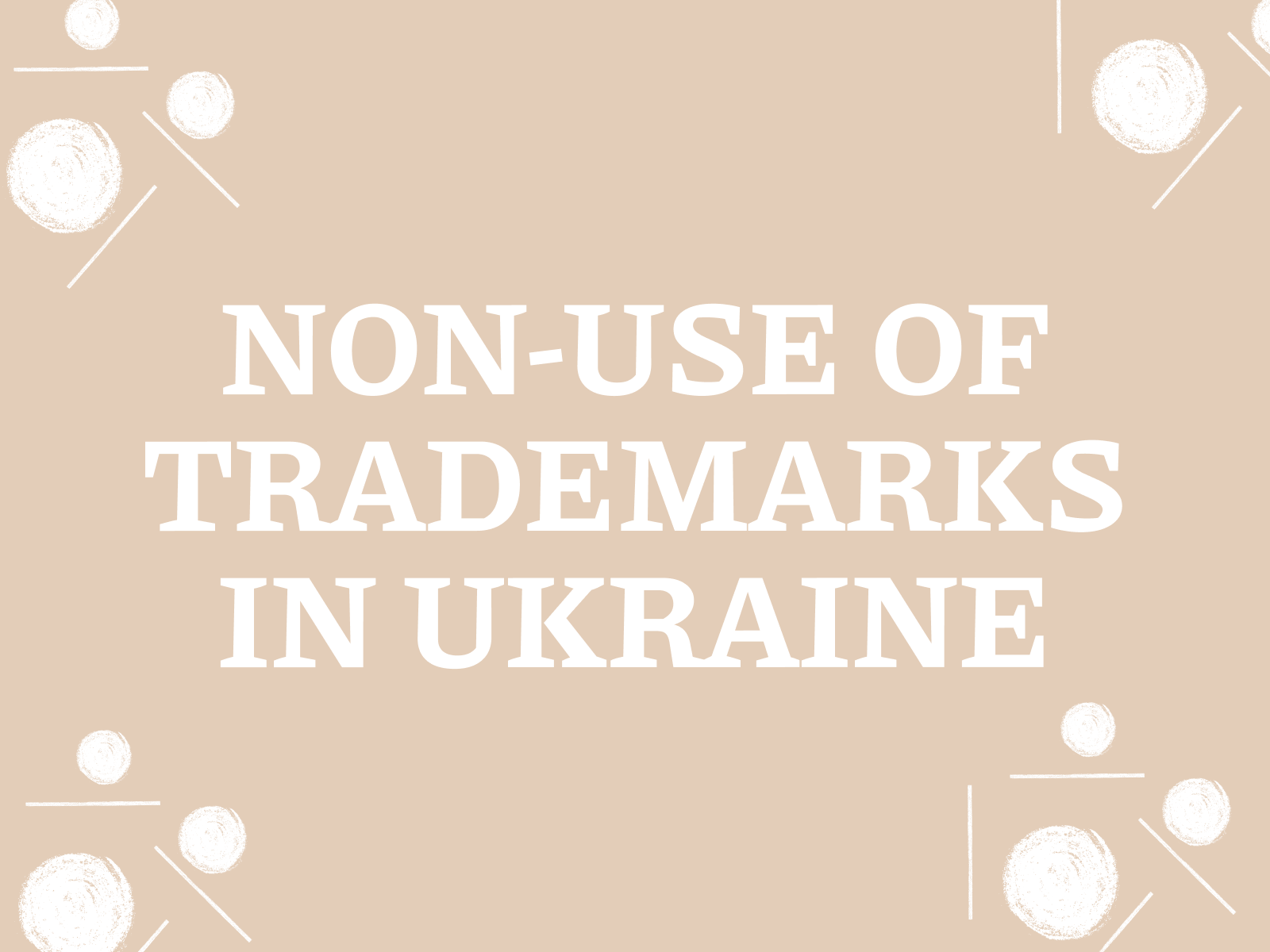Mergers and acquisitions are complex and multifaceted processes that require careful planning and analysis. One key aspect that is often underestimated is the due diligence of intellectual property. Thorough Due Diligence of intellectual property in a merger can uncover hidden assets and potential for growth, while neglecting this step can lead to serious financial and legal consequences. In this article, we look at the importance of intellectual property due diligence in mergers and acquisitions, detailing the key steps in the process and providing practical tips for its success.
Section 1: Why Due Diligence Intellectual Property?
Before plunging into the maelstrom of mergers and acquisitions, it is important to realize the depth and importance of the intellectual property Due Diligence process. It is not just a formality, but a necessary step to ensure a successful and secure future for the merged company. In this section, we look at why IP Due Diligence is an integral part of the merger process and what risks may await those who ignore it.
1.1 Risks of lack of Due Diligence:
In a business world where innovation and intangible assets increasingly define a company’s success, ignoring the Due Diligence of intellectual property in a merger can have disastrous consequences. The lack of a thorough analysis may result in the acquirer receiving a “cat in the bag” filled with hidden liabilities, legal risks and financial losses instead of valuable assets.
Let’s take a closer look at the potential due diligence intellectual property risks that may arise:
Financial Risks:
- Hidden asset impairment: the target company may overstate the value of its intangible assets, especially intellectual property. Without Due Diligence, a buyer risks overpaying for assets that actually have less value than stated.
- Unforeseen costs: Due Diligence identifies potential lawsuits, license obligations and other hidden costs associated with intellectual property. Without this analysis, a buyer may face unforeseen financial liabilities that will significantly affect the profitability of the transaction.
- Loss of competitive advantage: If Due Diligence is not performed, the acquirer may not realize the limitations associated with the use of the target company’s intellectual property. This may result in a loss of competitive advantage and make it difficult to achieve planned business objectives.
Legal Risks:
- Infringement of third-party rights: the target company may not have proper rights to use certain intellectual property, which may result in third-party lawsuits and significant financial penalties. Due Diligence can help identify such risks and prevent them.
- Invalidity of intellectual property rights: Patents, trademarks and other intellectual property may be challenged or invalidated. Without Due Diligence, a buyer runs the risk of acquiring assets that are not enforceable.
- Restrictions on the use of intellectual property: License agreements and other contracts may contain restrictions on the use of intellectual property. Due Diligence will identify such restrictions and assess their impact on the acquirer’s business plans.
Reputational Risks:
- Linking with a company with intellectual property problems: acquiring a company with problematic intellectual property may negatively impact the acquirer’s reputation and lead to a loss of trust from customers and partners.
Case Examples:
- Company A acquired Company B without conducting proper Due Diligence of the intellectual property. After the merger, it turned out that Company B’s key patent had been challenged and subsequently invalidated. This resulted in a significant financial loss to Company A and a loss of competitive advantage.
- Company C acquired Company D, which had outstanding license obligations to third parties. After the merger, Company C was forced to pay significant amounts for copyright infringement.
Due Diligence of intellectual property is not just a waste of time and resources, but a strategic investment that can protect the acquirer from significant financial, legal and reputational risks. Thorough analysis of the target company’s intellectual property allows making an informed decision on the transaction, determining the real value of assets and avoiding unpleasant surprises in the future.
Due Diligence of intellectual property is not just a desirable, but a necessary step in mergers and acquisitions, which will help to avoid potential pitfalls and ensure the successful future of the merged business.
1.2 Benefits of Due Diligence for Investors:
As we have already found out, ignoring Intellectual Property Due Diligence can lead to serious financial and legal risks for the acquiring company. On the other hand, for investors who are considering investing in a company, especially in a merger or acquisition, this process is an extremely useful tool. It allows not only a deeper understanding of the true value of the target company, but also identifies potential opportunities for development and growth. That’s why a thorough intellectual property analysis is key to making an informed investment decision.
Determining real value and growth potential:
One of the key benefits of Due Diligence for investors is the ability to assess the real value of intellectual property, which is often a key asset of a company, especially in innovative industries. This allows investors to understand whether the stated value of the target company matches its real potential and avoid overpaying for assets that may actually be less valuable.
In addition, Due Diligence helps identify hidden assets such as know-how, trade secrets and other intangibles that can significantly affect the value of a company. These assets may not be accounted for in the financial statements, but they play an important role in competition and have significant potential for monetization in the future.
Minimizing risks and making informed decisions:
On the other hand, Due Diligence helps investors realize the potential risks associated with the target company’s intellectual property. This includes identifying potential lawsuits, license obligations and other hidden issues that may negatively affect the company’s financial performance after the merger.
Assessing property rights and their security is also an important element of Due Diligence. It helps to ensure that the company has appropriate rights to use intellectual property and that these rights are properly protected.
As a result, Due Diligence helps investors make an informed investment decision by considering all factors related to the target company’s intellectual property. This minimizes risks and allows making the right choice that will lead to a successful investment and profit.
To summarize, Intellectual Property Due Diligence is not just a formality, but a necessary step for investors who seek to invest efficiently and minimize risks. A thorough intellectual property due diligence provides a full understanding of the value of the target company and its potential for growth, making the investment decision more informed and strategically sound.
Section 2: Key Stages of Intellectual Property Due Diligence
Understanding the importance of Intellectual Property Due Diligence is only the first step towards a successful merger or acquisition. In order for this process to be truly effective, it is necessary to clearly understand its steps and methodology. In this section, we will review the key stages of Intellectual Property Due Diligence that will help investors and acquirers to get a complete picture of the target company’s intellectual assets and make the right decisions.
2.1 Identification and Analysis:
The first and one of the most important steps of Intellectual Property Due Diligence is the identification and analysis of all intellectual property owned by the target company. This stage requires a thorough and systematic approach, as not all assets may be obvious or properly documented. To successfully conduct this step, due diligence intellectual property software is often used to efficiently collect, analyze and systematize information about intellectual assets.
The identification process may include the following steps:
- Review of company documentation: this step involves a deep dive into the target company’s documentation to identify any references to its intellectual property. This includes a review of articles of incorporation, contracts, licenses, patent applications, trademarks, copyrights and other documents that may contain information about intellectual assets. Particular attention is paid to documents that confirm ownership of intellectual property and documents that regulate its use, such as license agreements. It is also important to analyze confidentiality and non-disclosure agreements that may indicate the presence of unregistered intellectual property such as know-how or trade secrets.
- Interviews with key employees: an important source of information is the target company’s own employees. Interviews with management, engineers, developers and other key employees of the target company provide additional information about intellectual assets, development processes and innovations. During the interview, it is found out what intellectual assets are used in the company’s work, how they were created and protected, and whether there are plans for their development or modernization. The interviews allow obtaining information that may not be reflected in the documentation and assessing the competence and experience of the target company’s employees in the field of intellectual property.
- Analysis of publicly available information: to fully understand the situation, it is important to analyze information that is publicly available. Researching patent databases, trademark registries, scientific publications and other publicly available information can identify a company’s intellectual assets and assess its competitive landscape. For example, analyzing competitors’ patents can help understand the target company’s innovation potential and determine its place in the market. Analyzing publications and news about the company can also provide valuable information about its intellectual assets and development strategy.
After a thorough identification process that includes a review of documentation, interviews with employees and analysis of publicly available information, it is the turn of a detailed analysis of each identified intellectual property asset.
The analysis step includes the following key aspects:
- Assessment of ownership rights: this step is of primary importance and aims to verify in detail whether the target company actually possesses all the rights to use the intellectual property that was identified in the previous step. The lawyers carefully review the documents confirming the ownership rights and analyze the chain of title, if any. It is important to find out whether there are restrictions on the use of intellectual property, such as geographical, duration or activity restrictions. It is also important to check whether the target company is infringing the rights of third parties in its use of intellectual property. This aspect of the analysis is critical to minimize the risk of lawsuits and to ensure the legality of the use of intellectual property after the merger.
- Assessing the status of intellectual property: In addition to confirming ownership, it is also important to assess the status and relevance of intellectual property. This includes analyzing whether the technologies that are protected by patents are up to date, whether trademarks are effective in promoting products on the market, whether software products are outdated, whether they meet modern requirements and standards. It is important to understand whether there is a need to update or modernize intellectual property and to estimate the costs associated with this process. This aspect of the analysis helps to determine whether the intellectual property will be a valuable asset to the combined company in the future and whether it will help to achieve its business objectives.
- Assessing the potential for monetization: Once the ownership and condition of the intellectual property has been thoroughly verified, it is important to assess its potential for monetization. This involves analyzing the various uses of the intellectual property, such as licensing it, selling it, or using it to create new products or services. Assessing the potential for monetization helps to determine the extent to which the target company’s intellectual property can contribute to the combined company’s future revenues.
To summarize, the analysis stage is extremely important in the intellectual property Due Diligence process because it provides an in-depth understanding of the condition, security and potential of the target company’s intellectual assets. The results of this analysis are key to the merger or acquisition decision and help minimize the risks and maximize the benefits of the transaction.
A merger intellectual property audit, or Due Diligence, at this stage identifies all aspects related to the target company’s intellectual assets and assesses their impact on the future of the combined company. This will help to make an informed decision on the transaction and prevent possible risks.
The results of the identification and analysis phase are documented in a report that will form the basis for further planning and decision-making on the M&A transaction.
2.2 Assessment of Ownership and Risks:
After a thorough phase of identifying and analyzing the target company’s intellectual assets, comes the extremely important phase of Due Diligence – ownership and risk assessment. It is at this stage that lawyers delve into the legal intricacies to make sure that the ownership of intellectual property is clean and safe. Legal due diligence of intellectual property can avoid unpleasant surprises and ensure a successful merger of companies, protecting them from potential financial and reputational losses.
Let’s take a closer look at the key aspects of ownership and risk assessment:
- Verification of documents confirming ownership: this is not just a superficial review of papers, but a detailed analysis of each document confirming the target company’s ownership of each intellectual property object. Lawyers scrutinize patents, trademark certificates, copyright transfer agreements and other documents. It is important to make sure that the documents are authentic and that there are no amendments or inaccuracies that could challenge ownership rights in the future. It is also ascertained whether all documents are properly executed and registered with the relevant authorities. Insufficient attention to this stage may result in the loss of intellectual property rights after the merger, which may cause significant financial losses.
- Analysis of license agreements and contracts (Due diligence of intellectual property contract): every contract relating to the target company’s intellectual property is subject to a thorough analysis. Lawyers look for possible restrictions or risks associated with the use of intellectual property. For example, a license agreement may contain restrictions on the territory of use or type of activity, as well as provide for royalty payments, which may significantly affect the profitability of the business after the merger. It is important to consider all contractual terms, expiration dates, possible penalties and assess their impact on the future operations of the merged company. Insufficiently in-depth analysis of contracts may lead to unforeseen costs and legal problems in the future.
- Identifying potential litigation and claims: due diligence is not just about analyzing documents. It is also important to research court practice and identify potential litigation or claims related to the target company’s intellectual property. This will help to assess the risks and costs associated with potential litigation that may arise in the future. The existence of such disputes may significantly affect the value of the target company and the decision to merge.
- Assessing the level of intellectual property protection: at this stage it is important to assess how well the target company’s intellectual property is protected from illegal copying or use. This includes analyzing the existence of registered rights, the existence of confidentiality and non-disclosure agreements with employees and partners, and the existence of internal intellectual property protection policies and procedures. The better protected the intellectual property is, the higher its value and the lower the risks to the acquirer.
As a result, the ownership and risk assessment stage should provide the acquirer with a complete and objective picture of the legal status of the target company’s intellectual property. The Due Diligence report will allow to make an informed decision on the M&A transaction, taking into account all possible risks and benefits associated with the target company’s intellectual property.
Section 3: Practical tips and conclusions
Armed with our knowledge of the steps involved in identifying, analyzing and assessing the ownership of intellectual property, we are now ready to move on to the practical part of our study. In this section, we have compiled the most important tips that will help to successfully conduct the verification process and avoid potential problems in a merger or acquisition. We will also summarize and reiterate the importance of a professional approach to intellectual property valuation before closing a deal.
3.1 Due Diligence Checklist:
To make Due Diligence easier for you and to maximize its effectiveness, we have prepared a clear and handy intellectual property due diligence checklist that you can use as a guide at each stage of the due diligence process.
It will help you focus on the key points and avoid mistakes that could cost your business dearly:
Identification:
- Get a comprehensive list of all intellectual property, including registered and unregistered (know-how, trade secrets). Due diligence of intellectual property for startups should definitely take this aspect into account.
- Carefully review the company’s incorporation documents to see if they are up to date.
- Conduct interviews with key employees to understand the processes of intellectual property development and protection.
- Analyze public information in Ukrainian databases and registries. Due diligence of intellectual property in Ukraine should take into account the specifics of national legislation.
Analysis:
- Ensure that the ownership of each piece of intellectual property is valid and unrestricted.
- Assess the relevance and commercial value of the intellectual property.
- Consider different monetization scenarios and evaluate their effectiveness.
Risk assessment:
- Carefully review the terms of license agreements and contracts, paying attention to possible restrictions.
- Check for litigation or claims related to intellectual property.
- Assess the effectiveness of the target company’s intellectual property protection system.
Remember that this checklist is only a tool to help you conduct Due Diligence more effectively. For reliable results, it is recommended to contact intellectual property professionals.
3.2 Importance of involving lawyers:
While researching and using a checklist to analyze intellectual property on your own can be helpful, especially in the initial stages, do not underestimate the importance of involving experienced lawyers in the process.
The legal aspects of intellectual property can be very complex and confusing, especially for those without specialized knowledge in this area. Due diligence intellectual property law firm like Polikarpov Law Firm can be your trusted partner and provide a comprehensive and professional approach to analyzing and valuing intellectual assets.
Here are a few key benefits of engaging lawyers for intellectual property due diligence in a merger or acquisition:
- Deep understanding of the law: lawyers have in-depth knowledge of Ukrainian and international intellectual property law and can correctly interpret legal documents, identifying potential risks that may not be obvious to non-specialists.
- Experience in conducting such audits: law firms specializing in intellectual property have extensive experience in analyzing intellectual assets and know what aspects to pay attention to first.
- Objective risk assessment: lawyers are able to provide an independent and objective assessment of the risks associated with the target company’s intellectual property to help you make an informed decision about the transaction.
- Minimize risks and costs: Due diligence intellectual property legal services can help you minimize the risks associated with intellectual property and avoid unforeseen costs in the future.
Involving lawyers in intellectual property due diligence is an investment in the security and success of your business. Professional assistance will allow you to avoid potential problems in mergers and acquisitions and ensure a smooth and efficient integration process.
Polikarpov Law Firm has extensive experience in conducting such reviews and is ready to provide you with qualified assistance at all stages of this process.
Conclusion
In the world of modern business, where intellectual property is increasingly becoming a key asset, due diligence ip is an essential step when merging or acquiring companies. A thorough intellectual asset analysis allows toevaluate intellectual property in a merger and identify potential risks that may affect the value of the transaction and the future success of the combined company.
Due Diligence of intellectual property helps investors and acquirers to make an informed decision, taking into account all factors related to the target company’s intellectual assets.
Due Diligence of intellectual property requires a systematic approach, specialized knowledge and experience. Involvement of qualified lawyers in this process will ensure maximum efficiency and minimize risks.
Remember that the success of a merger or acquisition depends on thoroughness and professionalism at all stages, including Due Diligence of intellectual property.






